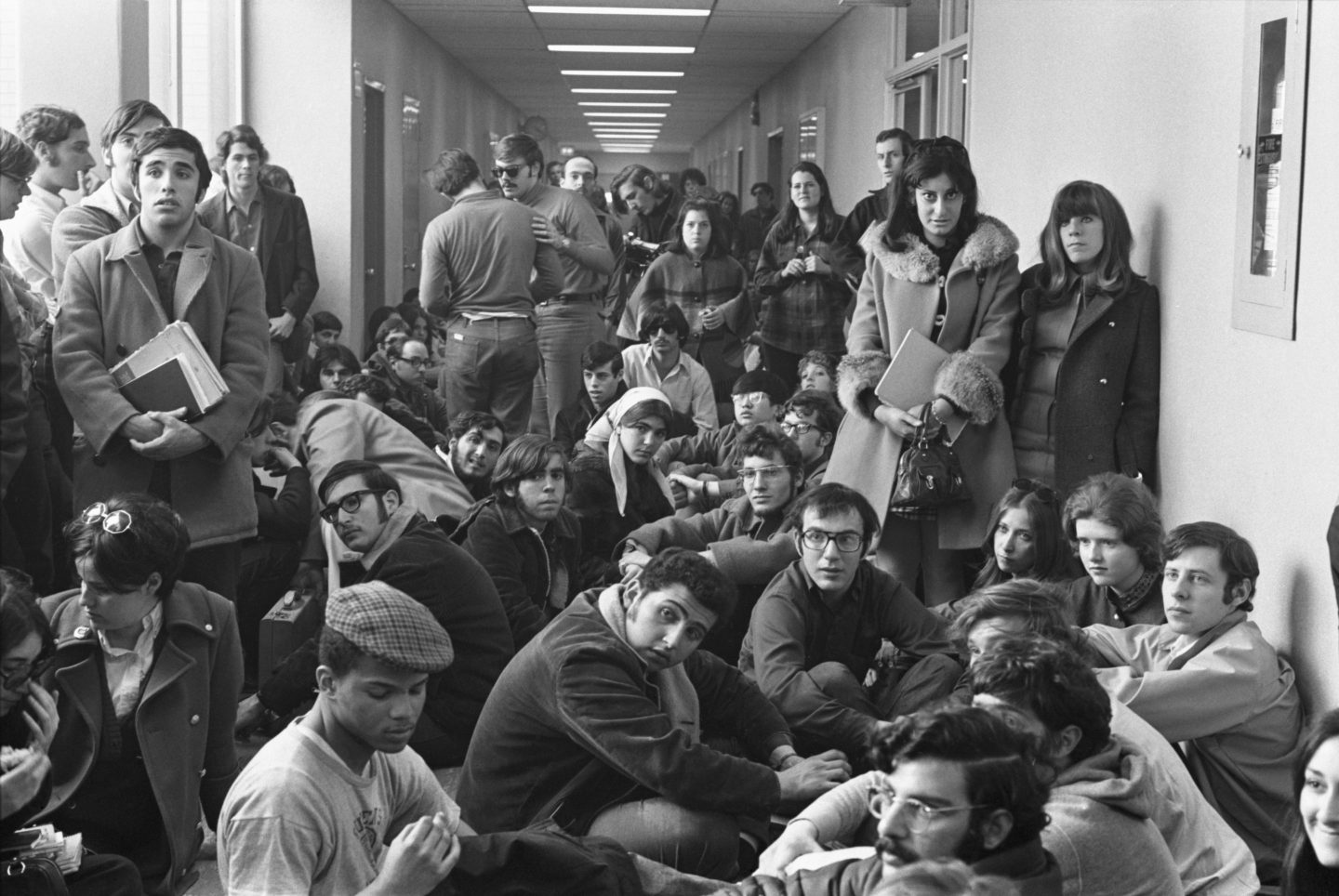This essay originally published in the Sunday, Sept. 15, 2024 edition of the Fortune Archives newsletter.
Over the past year, outcry over the handling of protests related to Israel and Gaza has forced out university presidents at Harvard, Cornell, and the University of Pennsylvania. August brought the loss of yet another Ivy League president: Columbia University’s Minouche Shafik abruptly quit to take a government job in England.
Her decision is understandable. Faced with the prospect of presiding over intractable campus division for another year, many of us would be tempt ed to accept a calmer gig across the pond.
Still, the recent campus uproar—with its tent encampments, broken windows, and heaps of social media bile—pales in comparison to what American universities contended with in 1969.
As described in a Fortune article from that year about a campus phenomenon called “the Movement,” 1960s student agitators were a much broader and more diverse lot, encompassing “hippies and doctrinaire Leninists, anarchists and populists, the ‘campus cong’ and peaceful communards, militant confrontationists and mystics, Bakuninists and humanists, power seekers, ego trippers, revolutionaries whose domain is the individual mind, Maoists, rock bands, and cultural guerrillas.”
And while the current bout of campus unrest is focused almost entirely on the conflict between Israel and Hamas, the aims of the 1969 protestors spanned a bewildering array of causes. Some of these, like ending “racism and imperialism,” are familiar and would find sympathy with many people today. Other priorities from that era, described in the Fortunearticle, seem outlandish. These include imposing a rigid Trotskyite or Maoist ideology on campus organizations, or replacing universities with free entities where the president and part-time students have an equal vote in setting policy.
While Fortune’s coverage of 1969 campus unrest feels at times like the proverbial distant mirror, other portions could be ripped from current coverage. These include references to the university faculty throwing their lot in with the protesting students, as well as the fervent but ultimately incoherent objectives of many of the protestors.
In short, everything old is new again.












